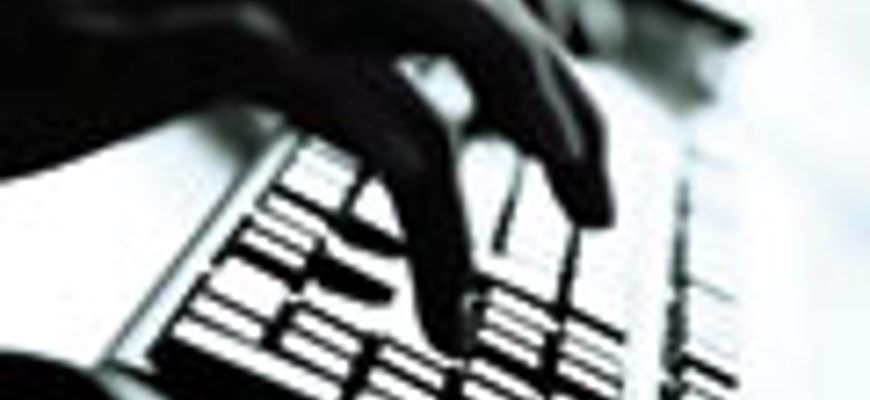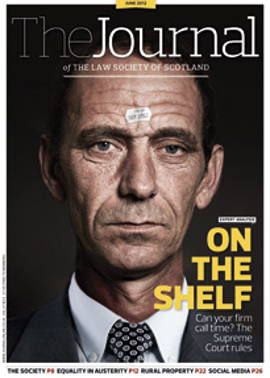Program protection

The software industry can be highly lucrative for the successful developer. This makes the industry intensely competitive, and developers fiercely guard their software products and the intellectual property rights they embody. The question of when copyright in software is infringed has come before the courts on several occasions, and the recent CJEU judgment in SAS Institute Inc v World Programming Ltd (C-406/10) has provided some additional clarity.
Background
SAS developed a system for conducting analysis on user input data. The system enables users to create and run applications provided they are written in SAS’s proprietary computer language. This meant that a user would need to rewrite existing applications in another computer language should they wish to make use of an alternative system.
WPL created a system which would execute applications written in the SAS language and which emulated the functionality of the SAS system, i.e. the same input would broadly provide the same output in each system. This enabled users to switch from the SAS system without the need to rewrite applications.
While it was agreed that WPL had not copied the source code of the SAS system (the typical basis for software copyright infringement claims), SAS alleged an infringement of the functionality of the system and the user manuals.
CJEU judgment
The English High Court referred a number of questions to the CJEU, which can be summarised as follows:
Under the Software Directive (art 2(1)), should the functionality of a computer program, its programming language and the format of data files used in it to exploit certain of its functions be considered a form of expression of the program and protected by copyright?
Following its earlier decision in Bezpečnostní softwarová asociace (C-393/09), the court held that while the Software Directive protects the expression of a computer program, such as its source code, this does not extend to ideas and principles which underlie the computer program. The functionality of a computer program, the programming language and the format of data files constitute ideas behind the software or elements of the system enabling users to operate it. They do not constitute an expression of the computer program and do not attract copyright protection under the directive. It remains the case that copying source code or the reverse engineering of object code to recreate functionalities would amount to copyright infringement.
The CJEU did note that programming languages and the format of data files may qualify for protection under the Information Society Directive provided they are the author’s intellectual creation. Unfortunately this was not central to the questions being considered by the court, and as such, the issue was raised without being addressed in detail.
Can a person who has licensed a computer program observe, study or test its functioning to determine the ideas and principles underlying any element of it without further authorisation of the copyright owner?
The court held that a licensee can observe, study or test software to determine the underlying ideas and principles, so long as they: (i) act within the licence, or only carry out necessary acts of loading and running the software; and (ii) do not infringe the licensor’s exclusive rights in the software. Further, a licensee should not be contractually prevented from carrying out such activities.
With regard to the Information Society Directive (art 2(a)), would the reproduction in a computer program or a manual of certain elements described in the user manual for another computer program constitute copyright infringement?
The court held that reproduction of particular elements is capable of constituting copyright infringement where the material reproduced constitutes an expression of the author’s intellectual creation. Although keywords, syntax, commands and other elements considered in isolation would consist only of words, figures or mathematical concepts not amounting to intellectual creation, it was possible that collectively, the choice, sequence and combination of the same may represent sufficient creativity to give rise to copyright protection.
Comment
The decision of the CJEU is consistent with earlier case law, in determining that copyright only protects an expression of an idea, and that the recreation of functionality, in the absence of the copying of code, will not infringe copyright. As such, the decision offers some certainty, albeit unwelcome, for some software developers. Indeed, the decision will undoubtedly encourage the development of competing software.
The obvious fly in the ointment of this certainty is the possibility of protection under the Information Society Directive for programming languages and data file formats. The court provided little elucidation on this issue (which is potentially far reaching), and it will be interesting to see the treatment of this issue in the current and future cases.
In this issue
- Prescription and title to moveable property
- Gold-plated pension liabilities – what next for law firms?
- Getting your fix
- A trainee perspective on business development
- Embedding ADR in the civil justice system
- From death to life
- Reading for pleasure
- Appreciation: Alistair Hamilton
- Who shares in the common grazings?
- Opinion column: Mev Brown
- Book reviews
- Council profile
- Why the dual role works
- Rights both ways: a contrary view
- President's column
- Property reports relaunched
- Equality in austerity
- How old is too old?
- Expanding the country file
- The social side of practice
- Judicial minefield
- Program protection
- Life bans just not sporting
- Coleman revisited
- Never mind the reasons
- Another year in focus
- Law reform roundup
- Business checklist
- Banks: POA campaign continues
- Ask the experts
- Ask Ash






